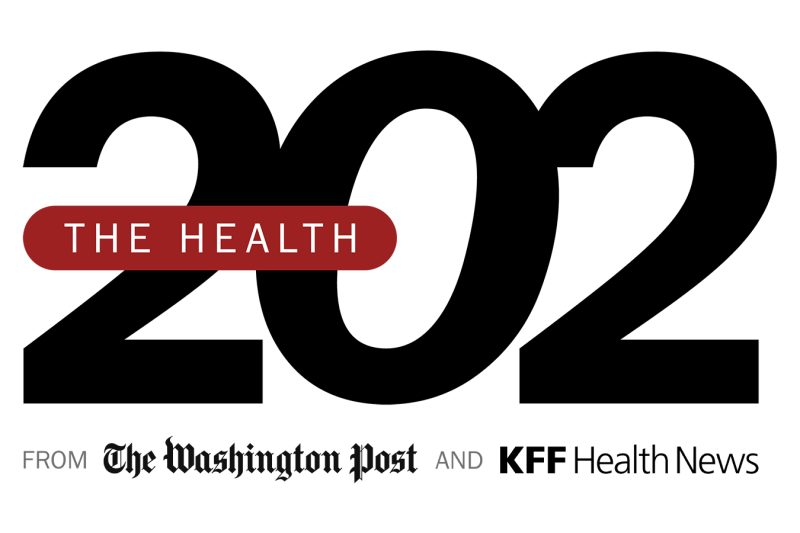Why Opioid Settlement Money Is Paying County Employees’ Salaries

More than $4.3 billion in opioid settlement money has landed in the hands of city, county and state officials to date — with billions more on the way. But instead of using the cash to add desperately needed treatment, recovery and prevention services, some places are using it to replace existing funding.
Local officials say they’re trying to stretch tight budgets, especially in rural areas. But critics say it’s a lost opportunity to bolster responses to an ongoing addiction crisis and save lives.
“To think that replacing what you’re already spending with settlement funds is going to make things better — it’s not,” said Robert Kent, former general counsel for the Office of National Drug Control Policy. “Certainly, the spirit of the settlements wasn’t to keep doing what you’re doing. It was to do more.”
The debate is playing out in Scott County, Ind. The rural community made headlines in 2015 after intravenous drug use led to a massive HIV outbreak and then-Gov. Mike Pence (R) legalized syringe service programs. (The county has since shuttered its syringe program.)
In 2022, the county received more than $570,000 in opioid settlement funds. It spent about 45 percent of that on salaries for its health director and emergency medical services staff, according to reports it filed with the state. The money usually budgeted for those salaries was freed to buy an ambulance and create a rainy-day fund for the health department.
In public meetings, Scott County leaders said they hoped to reimburse the departments for resources they dedicated to the HIV outbreak years ago.
Their conversations echo the struggles of other rural counties, which have tight budgets in part because for years they poured money into combating the opioid crisis. Now they want to recoup some of those expenses.
But many families affected by addiction, recovery advocates, and legal and public health experts say that misses the point, that the settlements were aimed at helping the nation make progress against the overdose epidemic.
Thirteen states and Washington, D.C., have restricted substituting opioid settlement funds for existing government spending, according to state guides created by OpioidSettlementTracker.com and the public health organization Vital Strategies. A national set of principles created by Johns Hopkins University also advises against the practice, known as supplantation.
But it’s happening anyway.
County commissioners in Blair County, Pa., used about $320,000 of settlement funds for a drug court that has been operating with other sources of money for more than two decades, according to a report the county filed with a state council overseeing settlement funds.
In New York, some lawmakers and treatment advocates say the governor’s proposed budget substitutes millions of opioid settlement dollars for a portion of the state addiction agency’s normal funding.
Given the complexities of state and local budgets, it’s often difficult to spot supplantation. But one place to start is identifying how much opioid settlement money your community has received so far. Use our searchable database to find out. Then ask elected officials how they’re spending those dollars. In many places, dedicated citizens are the only watchdogs for this money.
If you discover anything interesting, shoot me a note.
This article is not available for syndication due to republishing restrictions. If you have questions about the availability of this or other content for republication, please contact NewsWeb@kff.org.








